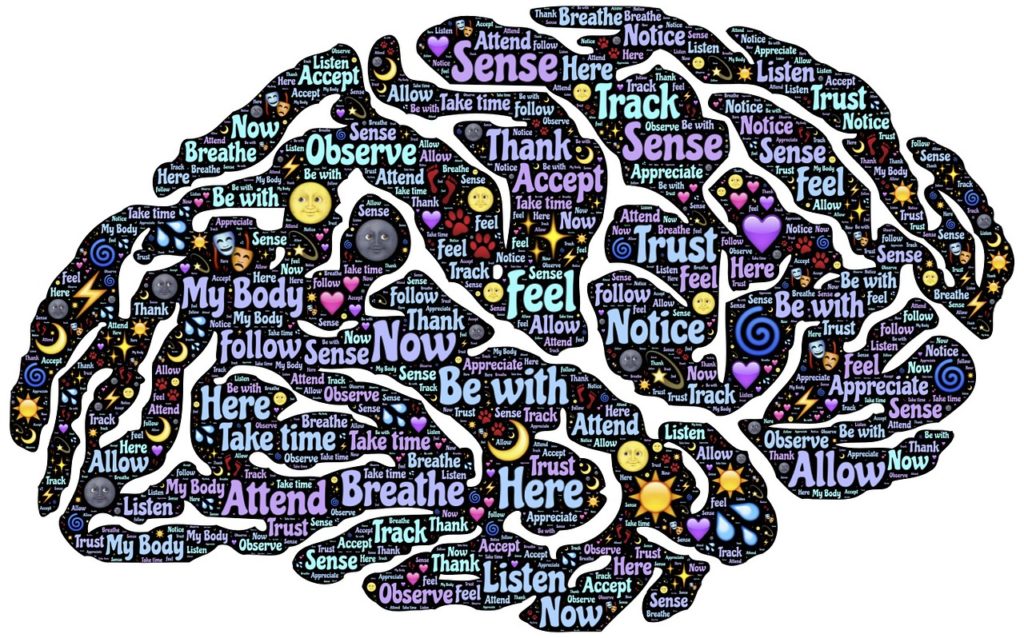Start with: “The automatic thought I’ve identified is ___________.” Then: question:
- What is the evidence that supports this idea? What is the evidence against?
- Is there an alternative explanation or viewpoint?
- What is the worst that could happen? (And then: If it did, how could I cope? What is the best that could happen? What is the most realistic?)
- What is the effect of my believing this automatic thought…and what could be the effect of changing my thinking?
- What would I tell ________ if he/she were in the same situation?
- What could/should I do? (Problem-solve, or devise an adaptive response…)
______
For future application and skill development, memorize these as:
- WHAT’S THE EVIDENCE (+/-)…
- WHAT’S AN ALTERNATIVE…
- WHAT’S THE WORST…
- WHAT’S THE EFFECT…
- WHAT WOULD I TELL _____ IF THEY…
- WHAT TO DO NOW IS…

